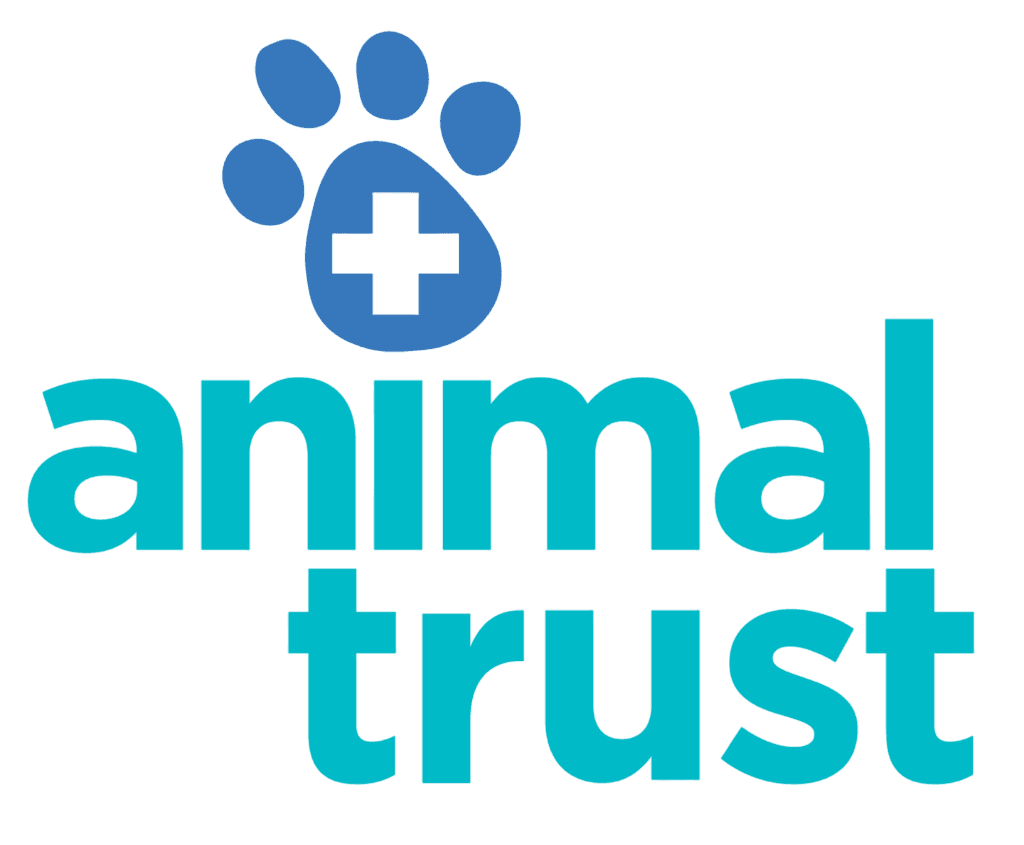
What is Conjunctivitis in cats and dogs?
Conjunctivitis, commonly known as pink eye, in cats and dogs is an inflammation of the conjunctiva, the membrane that lines the eyelids and covers the white part of the eye.
What causes conjunctivitis in pets:
Bacteria (like Staphylococcus aureus, Streptococcus), viruses (like feline herpesvirus), and in some cases, fungi.
Allergies: environmental allergens (pollen, dust, mites), or food allergies can trigger conjunctivitis.
Irritants: foreign bodies (like grass or sticks), chemicals, smoke, or even eye ointments can cause irritation.
Dry eye (Keratoconjunctivitis Sicca): insufficient tear production can lead to conjunctivitis.
Other conditions: eyelid abnormalities (entropion, trichiasis), trauma, or underlying diseases can also contribute to conjunctivitis.
Written by Dr. Mariella Roberts, Veterinary Surgeon, Animal Trust Vets CIC | Published June 2025 | Review date June 2027 | This advice is for UK pets only and is not a replacement for seeing a vet

Symptoms
Redness and swelling of the conjunctiva: whites of the eyes may appear red and inflamed.
Discharge: it may be clear, yellow, or green, depending on the cause.
Squinting or excessive blinking: your pet may squint or blink more frequently than usual.
Weeping eyes: excessive tearing or watery eyes can be a symptom.
Rubbing or pawing at the eyes: your pet may rub their face or paw at the affected eye.
Blue or cloudy appearance of the eye surface: in some cases, the eye may appear blue or cloudy.
When to contact your vet
If you suspect your cat or dog has conjunctivitis (pink eye), it's best to contact your veterinarian as soon as possible. Early diagnosis and treatment can prevent more serious complications.
Diagnosis
Physical examination: your vet will examine the eyes, looking for signs of inflammation, discharge, and swelling.
Ophthalmic examination: this may include checking the eyelids, fur, eyelashes, third eyelid, and tear ducts for any abnormalities.
Schirmer tear test: this measures the amount of tears produced to check for dry eye.
Fluorescein stain test: dye is used to detect any corneal damage like scratches or ulcers.
Cytology of conjunctival scraping: in some cases, your vet may gently scrape a small sample of cells from the conjunctiva to identify any infectious agents, such as bacteria or viruses, that maybe be causing the inflammation.
Allergy testing: if allergies are suspected, skin testing or food trials may be done to identify the allergen.
Viral testing: may be used to detect viral infections.
How to treat pink eye in cats and dogs
The best course of treatment for conjunctivitis will depend on the underlying cause. Options may include:
Topical antibiotics: if your pet has bacterial conjunctivitis, your vet may prescribe antibiotic eye drops or ointments to help clear the infection. These medications are applied directly to the eye and work by killing the bacteria causing the irritation.
Use of a E-collar to prevent from scratching or rubbing the eye
Artificial tears and anti-inflammatory drugs: if allergies or dry eye are the root cause of your pet's conjunctivitis, your vet may suggest using artificial tear solutions to lubricate the eyes and anti-inflammatory medications to reduce swelling and discomfort.
Antiviral medications: if a virus is the cause, your vet may recommend oral or topical antiviral medications. These medications won't cure the virus itself, but they can help your pet's immune system fight it off more quickly and reduce the severity and duration of symptoms.
Surgery: in some less frequent cases, surgery might be necessary to address underlying anatomical problems e.g. entropion (where the eyelid folds inward).
Prevention
Clean living spaces: regularly clean bedding, toys, and feeding areas to minimise bacteria and allergens.
Limit irritants: minimise exposure to smoke, dust, chemicals, and other irritants that can cause eye irritation.
Gently clean eyes: wipe away any dirt or discharge around the eyes with a soft, damp cloth.
Keep vaccinations up to date: vaccines against infectious diseases, such as feline herpesvirus and canine distemper, can help prevent conjunctivitis caused by these viruses.
Minimise exposure to other animals: if your pet shows signs of conjunctivitis, limit contact with other pets to prevent spread. Identify and avoid allergens: If allergic conjunctivitis is suspected, work with your vet to identify and eliminate allergens.
Manage allergies: allergic skin testing, flea preventatives, environmental changes, and food trials may be recommended.
Reduce stress: stress can exacerbate viral conjunctivitis in cats, so consider strategies to reduce stress, such as Feliway pheromone diffusers.
Regular check-ups: regular veterinary check-ups, including eye exams, can help detect and treat underlying conditions that may contribute to conjunctivitis.
Outlook
Conjunctivitis in cats and dogs usually has a good outlook with prompt treatment. Most cases resolve within a few weeks, especially if the cause is bacterial or viral. However, chronic or recurrent cases, or those caused by underlying conditions like allergies or dry eye, may require ongoing management and potentially lifelong therapy.
